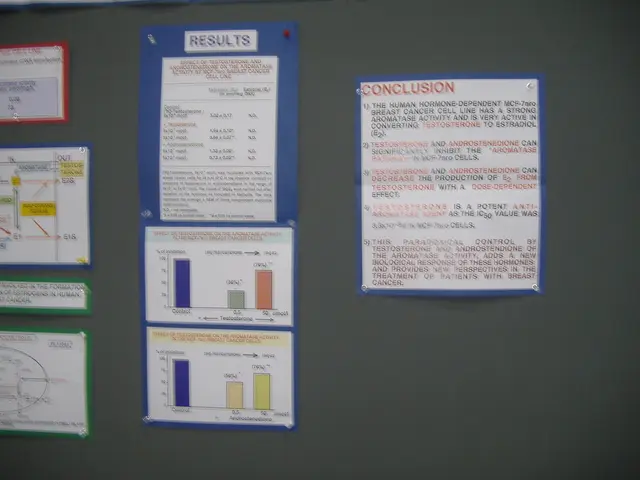Opinions vs Proven Methods: A Comparative Analysis
In the world of finance, two distinct trading approaches have emerged: discretionary trading and systematic trading. These methods differ significantly in their approaches, emotional involvement, rule application, and market participation style.
Discretionary Trading
Discretionary trading relies on human judgment and interpretation of economic data, corporate earnings, and fundamentals. Managers make decisions case-by-case, incorporating subjective analysis and experience. This approach, however, can lead to emotional decision-making, with traders taking losses personally and potentially exhibiting caution or bias. Discretionary traders may hesitate or change positions due to uncertainty or market sentiment.
In addition, discretionary trading is flexible, with no fixed rule set. Traders adjust parameters and strategies dynamically based on evolving market information and personal insight. This adaptability can be both a strength and a weakness, as it allows for responsiveness to changing market conditions but also introduces the potential for inconsistency.
Systematic Trading
Systematic trading, on the other hand, is driven by pre-defined, rule-based strategies using quantitative models. These strategies rely on momentum, volatility, and other technical indicators. Trades are executed based on algorithms without human discretion during market hours. This approach minimizes emotional impact, as algorithms maintain consistent discipline regardless of market conditions.
Systematic trading is objective, following market trends without personal opinions. It does not predict market behavior, but rather responds to the actions of the market's majority. The strategies are concrete and fixed, with execution automated to ensure adherence to the strategy parameters without deviation.
Recent market observations show systematic (algorithmic) traders holding elevated bullish positions reminiscent of pre-pandemic levels, based on technical momentum and volatility signals. In contrast, discretionary investors have been more cautious, cutting exposure amid economic uncertainty and fundamental risks such as trade policy and earnings outlooks.
This divide exemplifies how systematic trading offers consistency and discipline through rule-following and algorithmic execution, while discretionary trading depends on human judgment, which introduces emotions and flexibility but also potential hesitation. Systematic strategies tend to participate more continuously in market trends, whereas discretionary approaches might engage selectively, awaiting clearer fundamental triggers.
In conclusion, the main differences lie in discretionary traders’ subjective, flexible, and emotion-influenced decision-making versus systematic traders’ objective, rule-based, and emotion-free execution style. A trader who uses a historically proven profitable system, removes emotions and ego, controls risk of ruin with proper trade size and stop losses, they have the probability on their side of joining the consistently profitable traders in the market.
Read also:
- MRI Scans in Epilepsy Diagnosis: Function and Revealed Findings
- Hematology specialist and anemia treatment: The role of a hematologist in managing anemia conditions
- Enhancing the framework or setup for efficient operation and growth
- Hydroelectric Power Generation Industry Forecasted to Expand to USD 413.3 Billion by 2034, Projected Growth Rate of 5.8% Compound Annual Growth Rate (CAGR)







